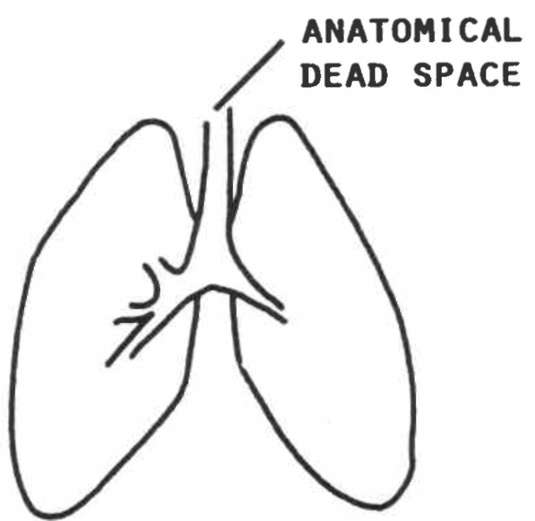

When gasses dissolve in the bloodstream during ventilation, they are generally described by the partial pressure of the gasses. Gaseous Exchange in the Lungs: Diagram of gas exchange in the lungs. In particular, the body will generally attempt to combat increased dead space by raising the frequency of breaths to try and maintain sufficient levels of alveolar ventilation. Breathing through a snorkeling tube and having a pulmonary embolism both increase the amount of dead space volume (through anatomical versus alveolar dead space respectively), which will reduce alveolar ventilation.Īlveolar ventilation is the most important type of ventilation for measuring how much oxygen actually gets into the body, which can initiate negative feedback mechanisms to try and increase alveolar ventilation despite the increase in dead space. This is most apparent in changes of the dead space volume. The three types of ventilation are mathematically linked to one another, so changes in one ventilation rate can cause the change of the other. It is defined as VD=Dead Space Volume×Respiratory RateVD=Dead Space Volume×Respiratory Rate.Īdditionally, minute ventilation can be described as the sum of alveolar and dead space ventilation, provided that the respiratory rate used to derive them is in terms of breaths per minute.


In respiratory physiology, the ventilation rate is the rate at which gas enters or leaves the lung.


 0 kommentar(er)
0 kommentar(er)
